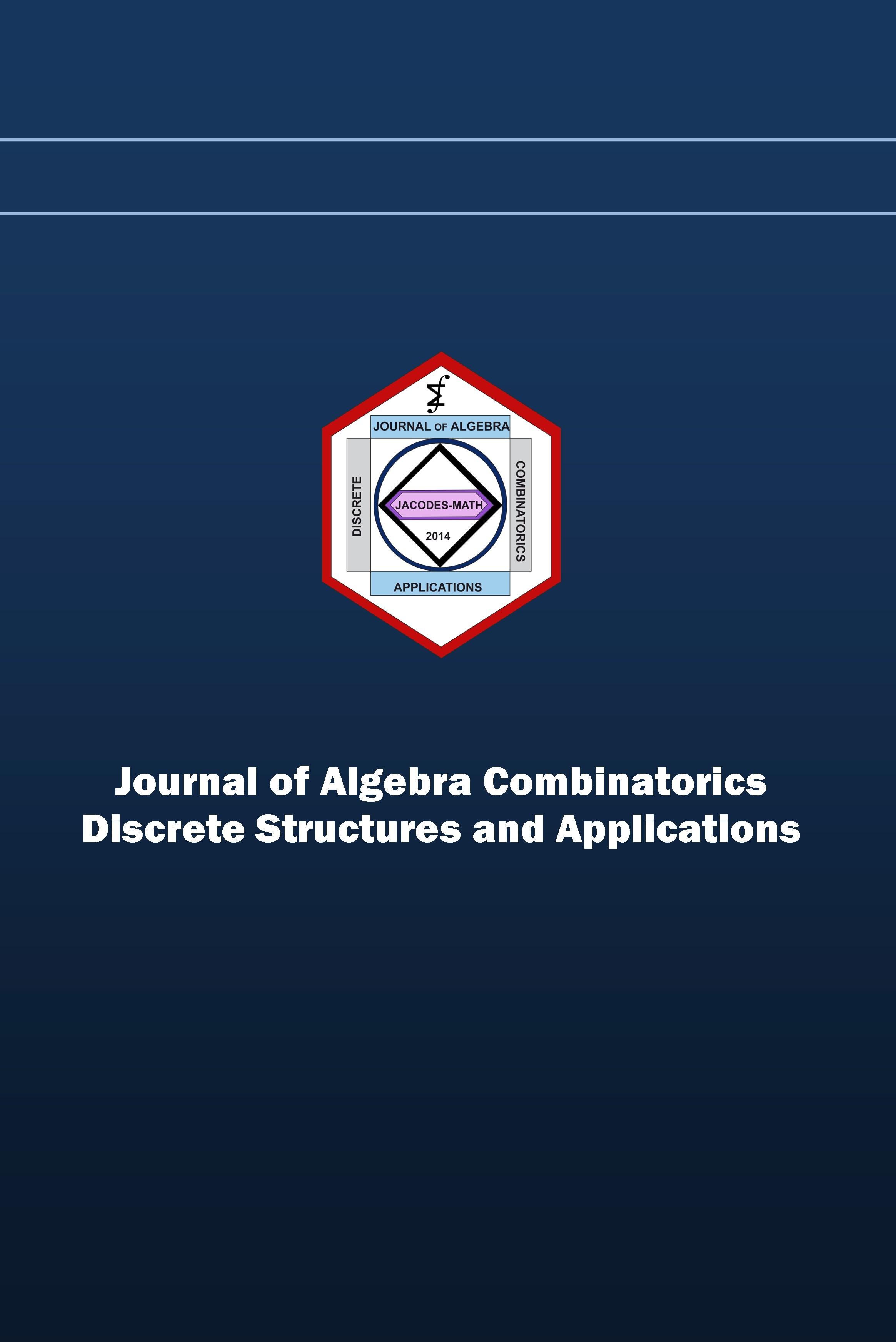The part-frequency matrices of a partition
The part-frequency matrices of a partition
___
- G. E. Andrews, A. Dixit, A. J. Yee, Partitions associated with the Ramanujan/Watson mock theta functions $omega(q)$, $nu(q)$, and $phi(q)$, Res. Number Theory 1 (2015) 1–9.
- G. Andrews, F. G. Garvan, Dyson’s crank of a partition, Bull. Amer. Math. Soc. (N.S.) 18(2) (1988) 167–171.
- F. Breuer, D. Eichhorn, B Kronholm, Polyhedral geometry, supercranks, and combinatorial witnesses of congruences for partitions into three parts, pre-print available at http://arxiv.org/abs/1508.00397.
- K. Bringmann, K. Ono, The f(q) mock theta function conjecture and partition ranks, Invent. Math. 165(2) (2006) 243–266.
- D. Ford, J. McKay, S. P. Norton, More on replicable functions, Comm. Algebra 22(13) (1994) 5175–5193.
- F. G. Garvan, D. Kim, D. Stanton, Cranks and t-cores, Invent. Math. 101(1) (1990) 1–17.
- K. Mahlburg, Partition congruences and the Andrews-Garvan-Dyson crank, Proc. Natl. Acad. Sci. 102(43) (2005) 15373–15376.
- S. Treneer, Congruences for the coefficients of weakly holomorphic modular forms, Proc. London Math. Soc. 93(2) (2006) 304–324.
- Başlangıç: 2015
- Yayıncı: İrfan ŞİAP
Locating one pairwise interaction: Three recursive constructions
Charles J. Colbourn, Bingli Fan
Charles J. Colbourn, Melissa S. Keranen, Donald L. Kreher
Group divisible designs of four groups and block size five with configuration (1, 1, 1, 2)
Ronald Mwesigwa, Dinesh G. Sarvate, Li Zhang
Regular handicap tournaments of high degree
Dalibor Froncek, Aaron Shepanik
Weak isometries of Hamming spaces
Ryan Bruner, Stefaan De Winter
Enumeration of symmetric (45,12,3) designs with nontrivial automorphisms
Dean Crnkovic, Doris Dumicic Danilovic, Sanja Rukavina
On the resolutions of cyclic Steiner triple systems with small parameters
Quasisymmetric functions and Heisenberg doubles
Some new large sets of geometric designs of type LS[3][2, 3, 2 8 ]
Michael R. Hurley, Bal K. Khadka, Spyros S. Magliveras
